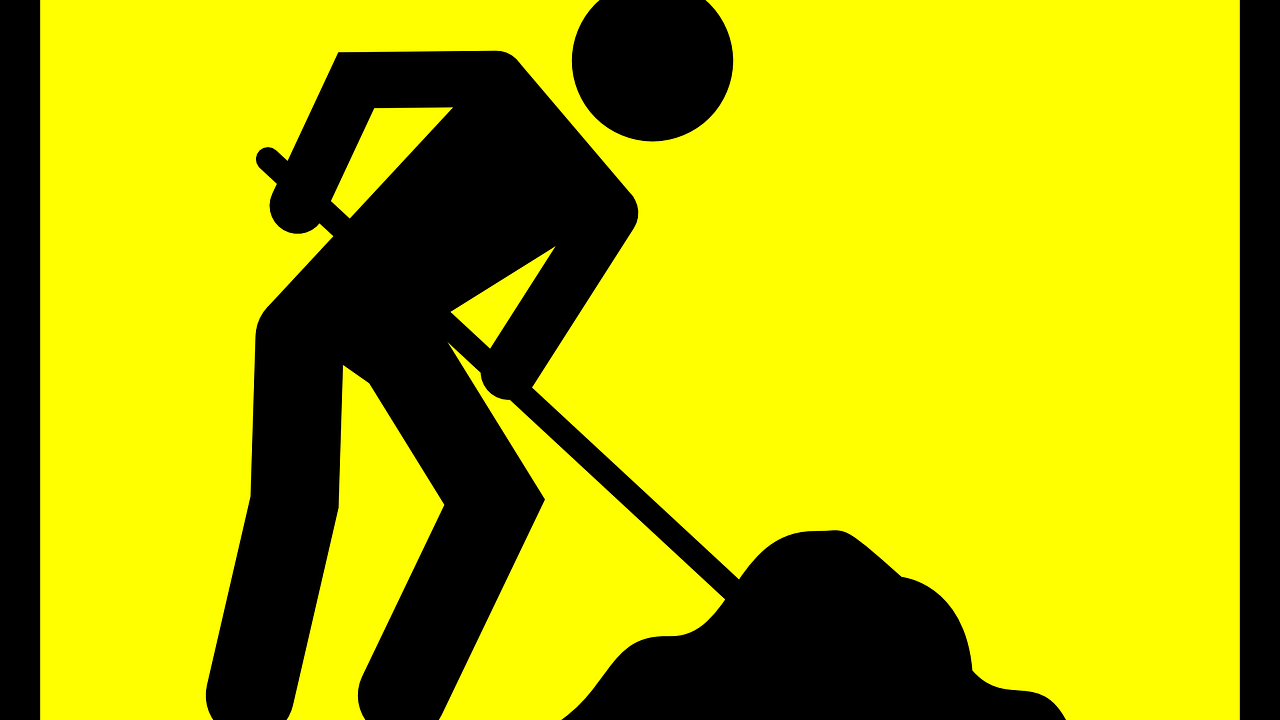Dig the well before you get thirsty? Yeah, right.

“Don't wait until you’re thirsty to dig a well” implored Chinese philosopher Zhu Xi over 800 years ago.
In other words, you need to put plans in place today for things that may happen tomorrow.
But how many of us do that? How realistic is it when you are mired in the day-to-day?
Thirst drives urgency
I’ve seen variants of this quote being spruiked by futurists and strategists. Most commonly, “dig the well before you get thirsty!”
Some organisations have done this. For example:
- Netflix dug the streaming well even though DVDs were still the dominant medium;
- Corning dug into medical devices after being first, a light globe manufacturer and then, kitchenware;
- The Obama Administration established a plan for pandemic management (subsequently dismantled by the Trump Administration);
- The Victorian government dug a desalination plant in case of drought (and continues to cop criticism that it hasn’t yet been used); and
- Google has “20%” time, allowing employees to dream beyond current initiatives.
But in my experience, most of us wait until there’s a crisis - until we’re thirsty - to prioritise the future. By then it’s usually too late.
Why do we wait? Wiring.
Short-term bias
Humans are naturally geared to the present, prioritising choices with an immediate reward. In business and government, there’s always something that seems urgent and worth attending to (and urgent usually trumps important).
This focus on the short-term is exacerbated by monthly, quarterly and yearly reporting (and electoral) cycles as well as key performance indicators that track 12 months at most.
Who is going to pay attention to the future when they are assessed and rewarded on the basis of what they do now?
Panning fallacy
We tend to be overly optimistic about the time it will take to complete a task, underestimating inevitable potholes and roadblocks along the way. We think the well is going to be easier to dig than it will actually be and leave ourselves short of time to get it done as a result.
Concrete beats abstract
Our conceptualisation of the future is fuzzy, especially now. It is very difficult, therefore, to build a compelling case to invest in initiatives that seem speculative, particularly when you are competing for scarce resources with more concrete, well-understood issues.
How to dig the well before you get thirsty
What we’re living through right now should warm people towards future-proofing investment. Things should change.
But we’re funny creatures.
The intensity of 2020 will dissipate, and people will revert to short-termism and over optimism.
To seriously future proof your business and overcome the natural tendency to prioritise now over later:
- Balance your rewards and recognition to incent activities with a longer-term outcome;
- Structure work to include both "forest and trees” views. That may mean everyone does a mix, or teams do one or the other. The important thing is someone is looking for your next “well”, but everyone is accountable for it (otherwise short-term priorities will always beat longer-term initiatives); and
- Run scenarios where you imagine new leadership takes over the business. What would they do differently? This will help you get distance and perspective on what the new well should be.
Image from:https://pixabay.com/vectors/worker-dig-yellow-sign-warning-30240/

